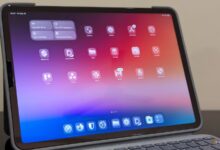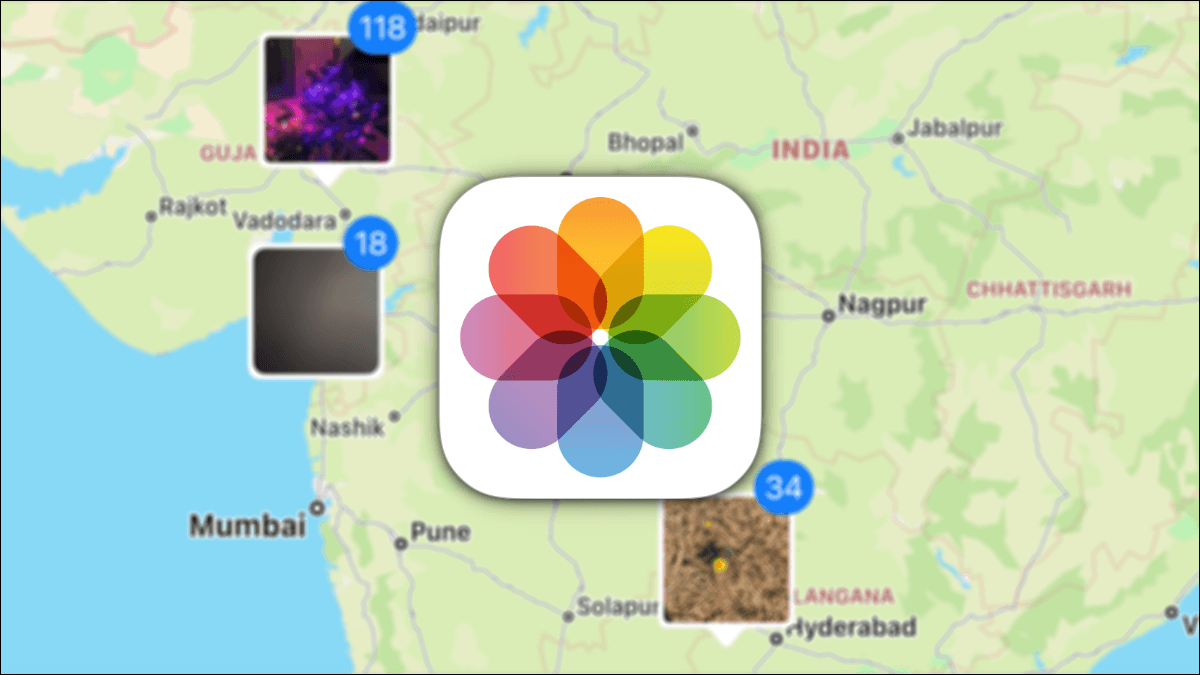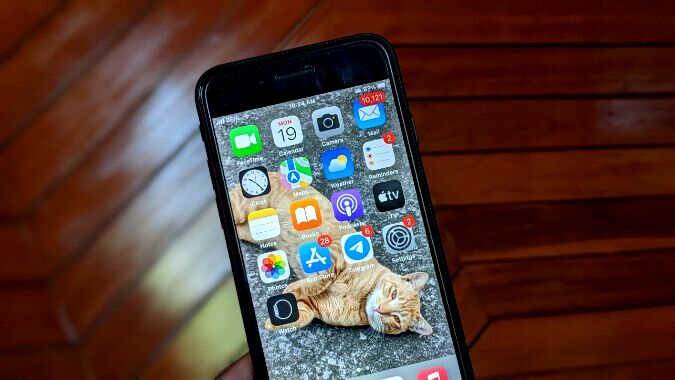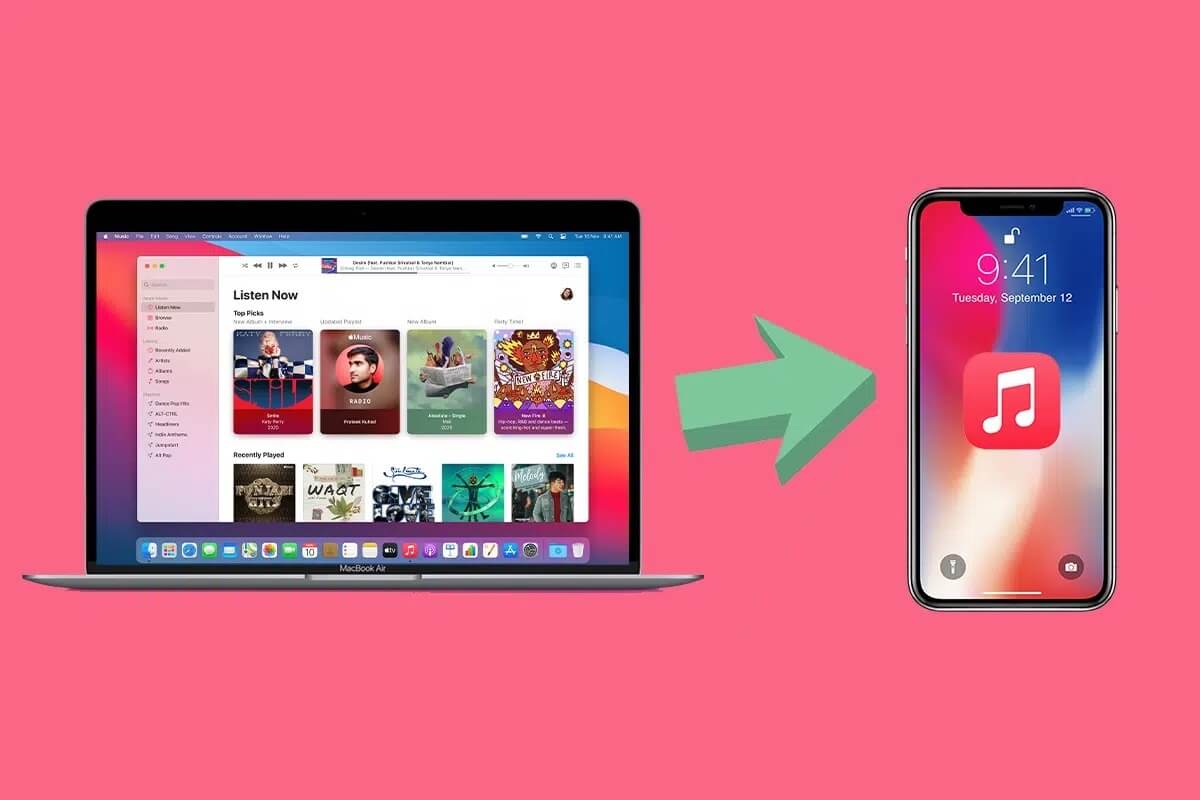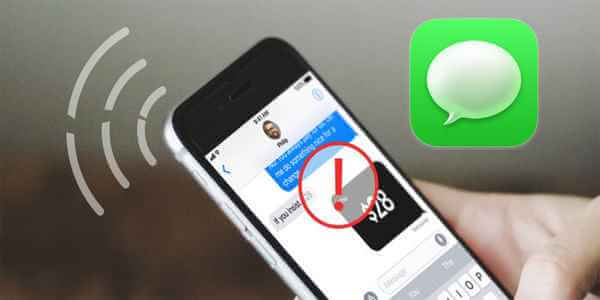Have you ever felt like your iPhone isn't getting enough signal inside your home or office? When you try to call or text someone, your iPhone only shows one or two bars, often with "No Service" at the top. If so, read on as we help you get better signal (service) on your iPhone.

If your iPhone is constantly struggling to get better reception, especially when operating at one or two bars, several factors could be to blame, including location, device interference, and iPhone settings. On the iPhone, cell reception strength is measured in decibels. Before we dive into the fixes, let's first learn how to check signal strength on your iPhone.
How to Check Signal Strength on Your iPhone
Poor reception can lead to dropped internet connections, dropped calls, and even Battery drains faster on your iPhoneSo, to see if your iPhone is receiving enough signal, it has a hidden app called Field Test that displays the exact signal strength your iPhone is receiving in numbers. Here are the steps to follow:
Note: Ranges RSRP values From “-44dBm to -140dBm” for a good 4G network and “-80dBm to -100dBm” for a good 5G network.
Step 1: Swipe down from the top right corner to access Control Center.
Note: If you're using an iPhone with a Home button, swipe up from the bottom to access Control Center.
Step 2: Click on any Wi-Fi Connect and disconnect. You can also Turn off Wi-Fi Exactly from Settings If you like it.

Step 3: Now, turn on mobile app.
Step 4: Dial the number below and then press Call button.
* 3001 #12345 # *
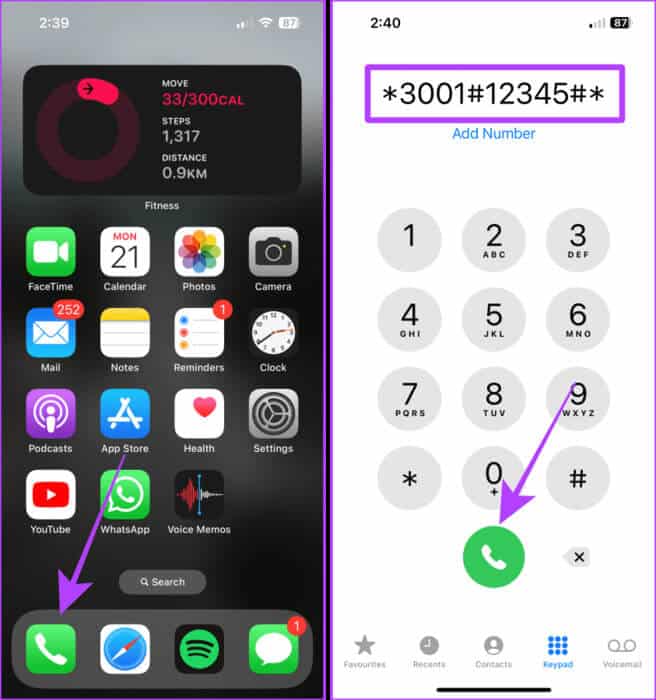
Step 5: The Field Test application will now open. Tap RsrpRsrqSinr.
Now, look at the rsrp value. This shows how strong the signal is on your iPhone.

If the value doesn't fall within the recommended range, skip to the next section to boost your iPhone signal and get better service.
9 Fixes for Poor Reception or Unstable Network on iPhone
We have nine ways to help you get better service on your iPhone. Let's start with the most basic and effective.
1. Force restart
can help Restart your iPhone It can force-resolve many issues, including poor reception. It allows your iPhone to clear memory and cool down for a few moments. Here are the steps to do this for your iPhone:
For iPhone 6s or lower:
Press and hold Sleep/Wake button Home Page simultaneously until it appears Apple logo.
iPhone 7:
Press and hold Sleep/Wake button with volume down button until you see Apple logo.
iPhone 8 and above:
Step 1: Click on volume up button And freed him.
Step 2: Now, press Volume down button Quickly then Free it.
Step 3: Press and hold the side button until it appears. Apple logo Back on screen.
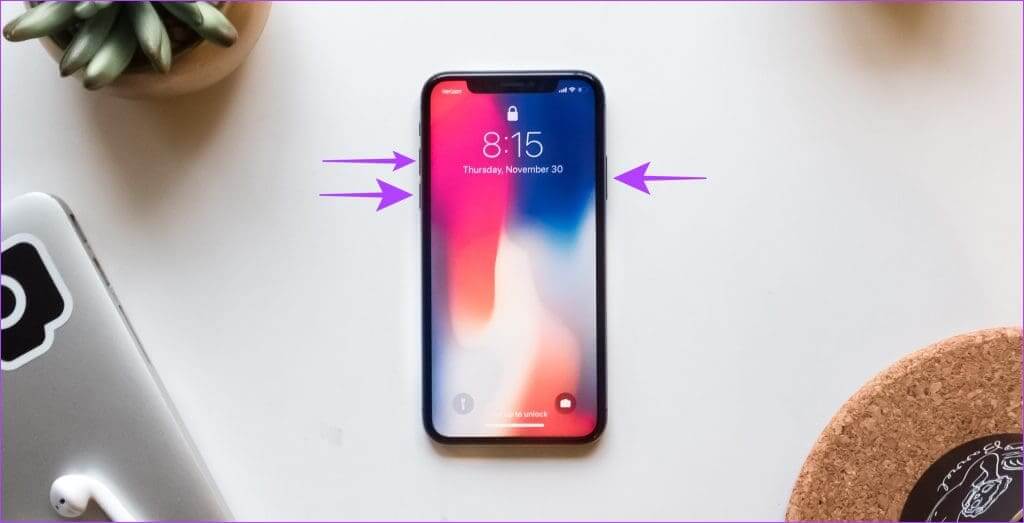
2. Toggle airplane mode on and off
If you don't want to restart your iPhone, consider switching Airplane mode on and off. It gives your iPhone a quick reboot and helps refresh its network connection. Let's take a look at the steps to follow:
Step 1: Swipe down from the right corner of the screen to access Control Center on your iPhone.
Note: If you're using an iPhone with a Home button, swipe up from the bottom to access Control Center.
Step 2: Click on Flight mode To turn it on, wait a few seconds. Moments, Then click again to turn it off.
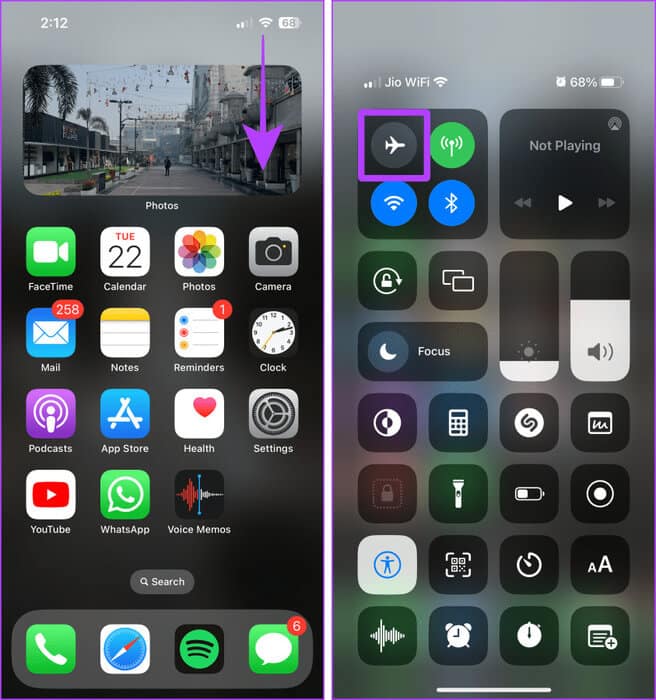
3. Move to an open area or a different room.
The presence of multiple electrical appliances (such as microwaves, refrigerators, routers, etc.) in our homes or offices can cause interference, resulting in poor reception. In such cases, you may want to move to an open area or a different room to get a better signal (service) on your iPhone.
4. Reinsert the physical SIM card.
A SIM card that's inserted loosely can also cause poor reception. Try reinserting your physical SIM card to ensure a strong, better signal on your iPhone.
5. Turn off 5G
5G waves tend to travel shorter distances than 4G waves, so using 5G on your iPhone It can also cause a decrease in the number of bars on your iPhone. Turning off 5G and switching to 4G can boost your iPhone's signal. Let's take a look at the simple steps to do so:
Step 1: Open Settings on your iPhone and tap mobile data.
Step 2: Click on SIM card who want to Change its settings.

Step 3: Click on Voice and data.
Step 4: Now, press LTE To switch to 4G network.And that's it.

6. Update your mobile network operator settings
You can also try updating your iPhone's carrier settings if the issue is with your carrier itself. Updating your carrier settings can help improve your iPhone's connectivity. While they update automatically, you can also check for updates manually. Here's how:
Step 1: Go to Settings > General on your iPhone.
Step 2: Click on around.
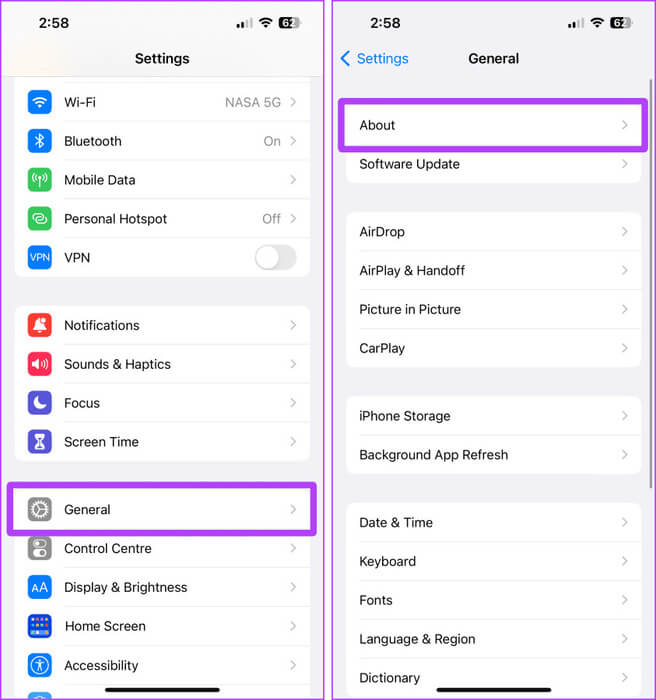
Step 3: If paid Update By the telecom company and it was pending, it should give you a pop-up here on the page "About". Press update, and that's it.
Note: If there is no pop-up window, it means that your SIM card is already running the latest update.
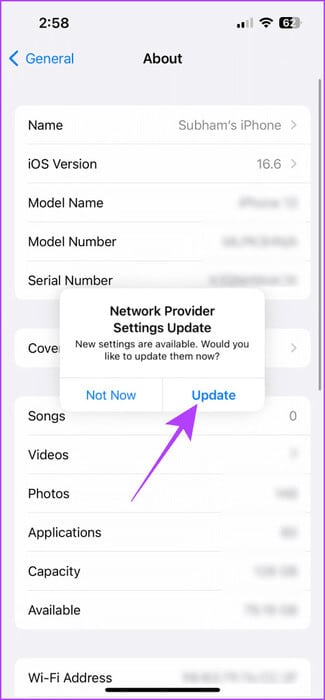
7. Update your iPhone
iOS updates can improve your iPhone's overall network connectivity and stability. So, if you haven't updated your iPhone, try updating it to the latest stable version. Here are the steps to take:
Step 1: Open Settings on your iPhone.
Step 2: Scroll and tap general.
Step 3: Now press upgrade software.
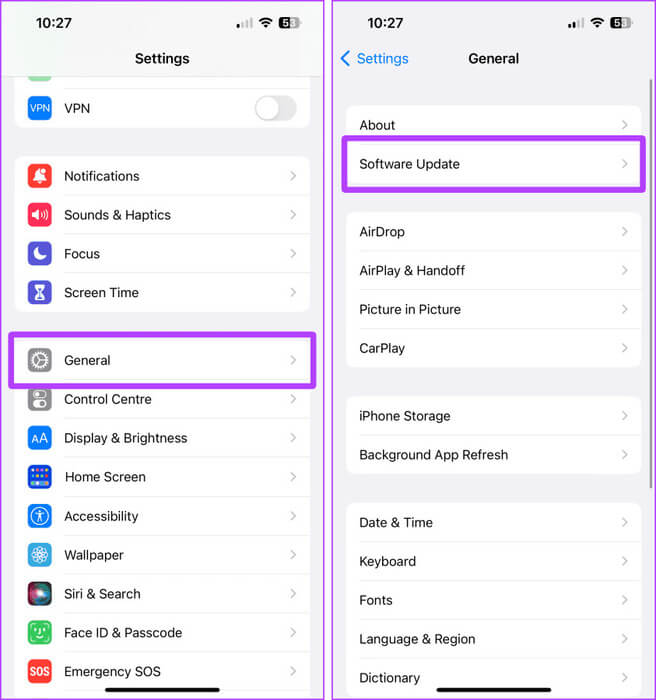
Step 4: If there is Update available, click on Download and install.

8. Reset network settings
If you are still having issues after trying the fixes above, you can try: Reset network settings on your iPhoneResetting your network settings helps restore your iPhone's default network and connection settings and allows your iPhone to start searching for a better connection again. Here's how to do it:
Note: Resetting network settings resets all cellular preferences, removes Wi-Fi network names and passwords, Bluetooth preferences, VPN settings, etc.
Step 1: Open Settings And press general.
Step 2: Scroll down and tap “Transfer or reset iPhone.”
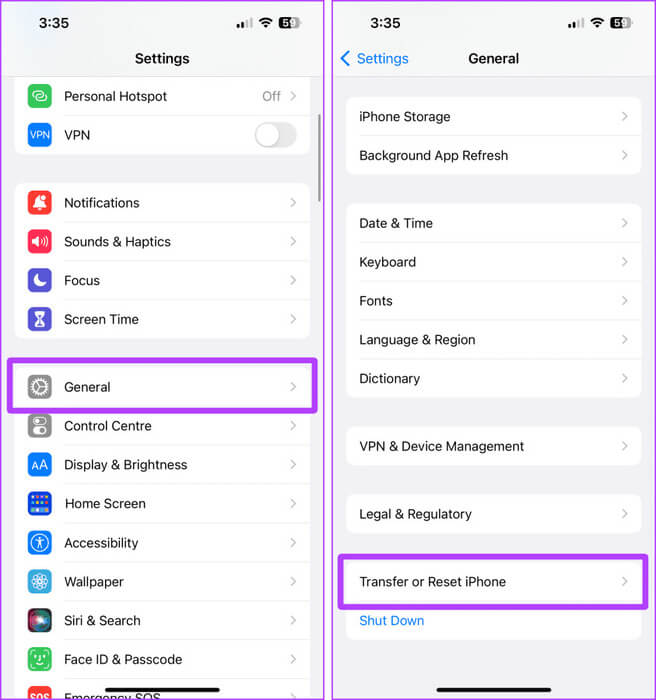
Step 3: Click on Reset.
Step 4: Now, press Reset network settings.
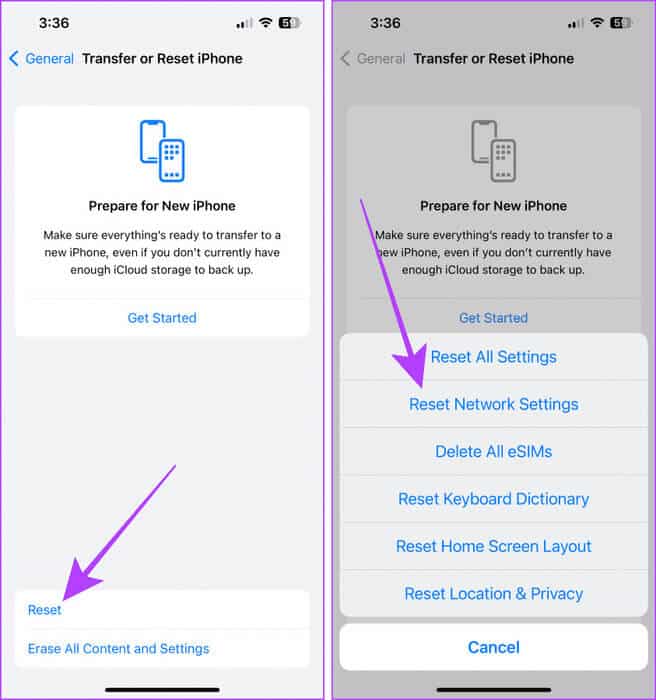
Step 5: Enter Your passcode With iPhone.
Step 6: Click on Reset network settings again to confirm Reset.

9. Contact your telecom company.
If the problem persists, we suggest contacting your carrier. This may not be an issue with your iPhone; network coverage may be low in your area. Their personal assistance may be helpful in getting better signal (service) on your iPhone.
Frequently Asked Questions About Cell Phone Reception on iPhone
Q1. Does having one or two bars on my iPhone mean poor reception?
The answer: No, one or two bars doesn't necessarily mean poor reception. To learn more about cell reception strength, you can use the Field Test app on your iPhone, following the steps above, to confirm.
Say goodbye to bad reception
No more intermittent internet or unwanted call drops. These fixes will help you get better signal (service) on your iPhone and say goodbye to poor reception. Aside from these fixes, we suggest removing any thick cases if used with your iPhone, as they also cause issues.


